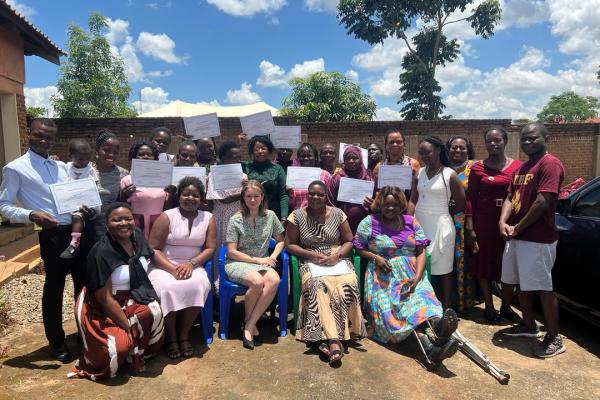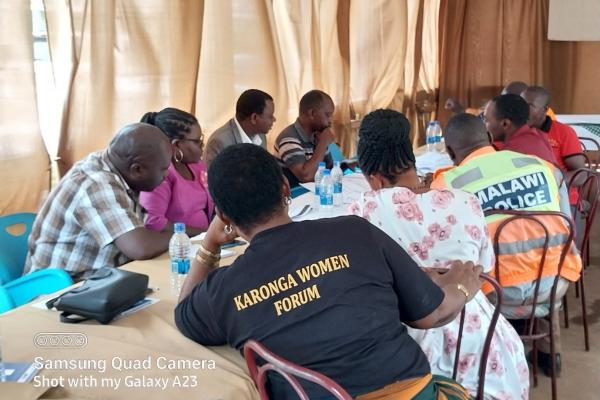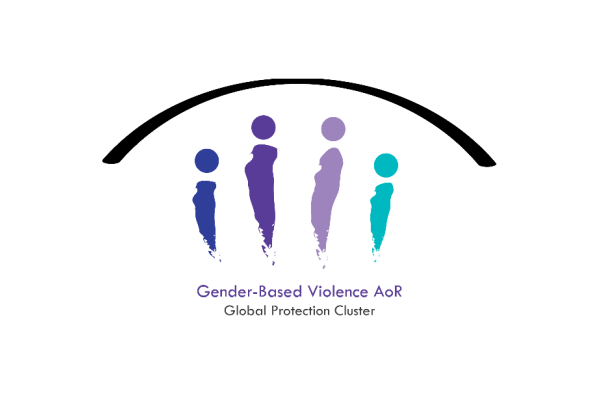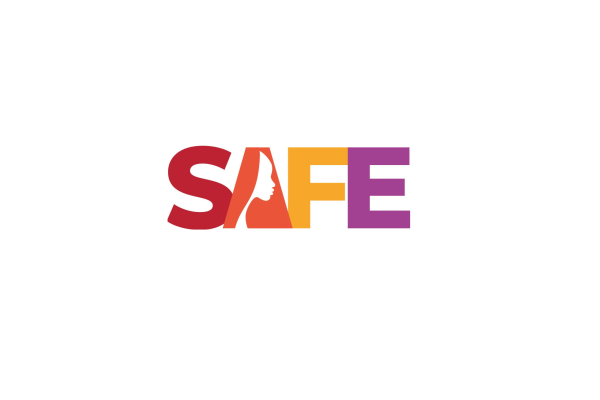Evaluation of the Madhya Pradesh Safe Cities Initiative
In response to limited evidence for the effectiveness of violence prevention interventions in India and the general lack of evaluations that capture impact, in 2013 DFID India commissioned Social Development Direct (SDDirect), together with Columbia University, and New Concept Information Systems (NCIS) to conduct an independent impact evaluation of the DFID-funded Safe Cities Initiative (SCI) in Madhya Pradesh (2013-2015) – to provide robust evidence on what interventions work (and do not work) to reduce violence against women and girls (VAWG).
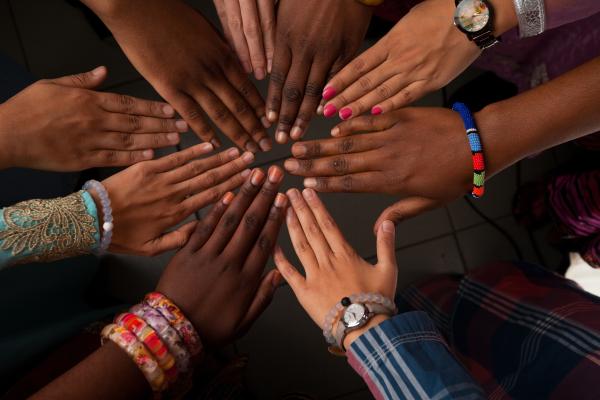 Our global Gender-Based Violence (GBV
Our global Gender-Based Violence (GBV













